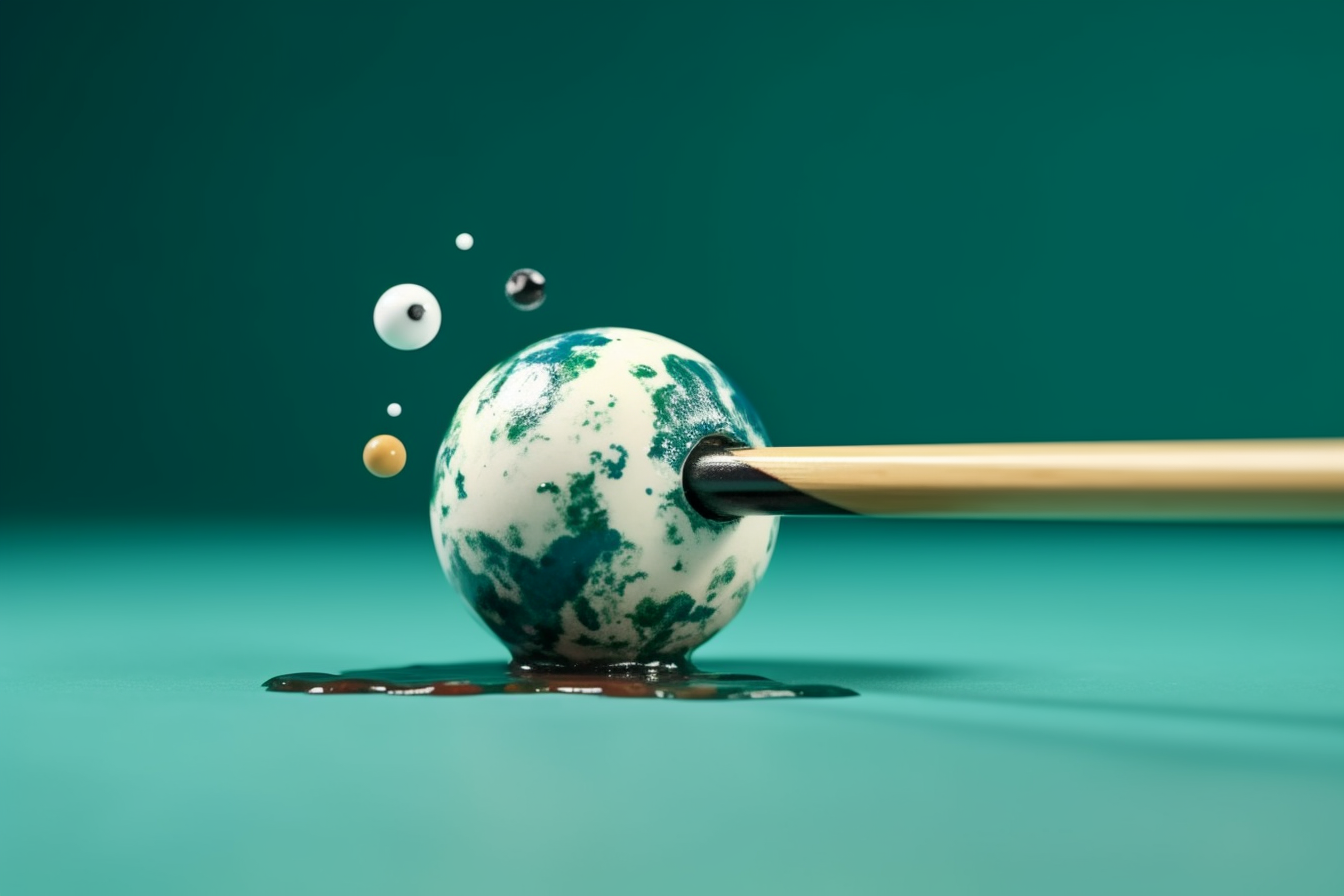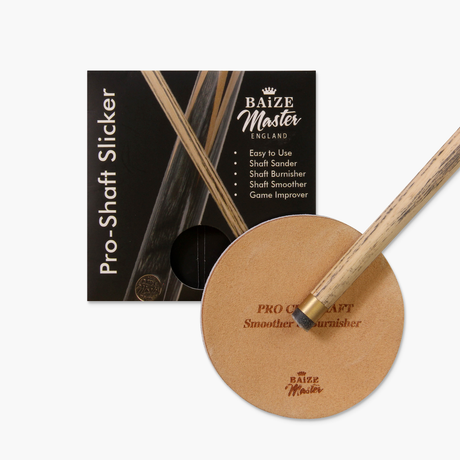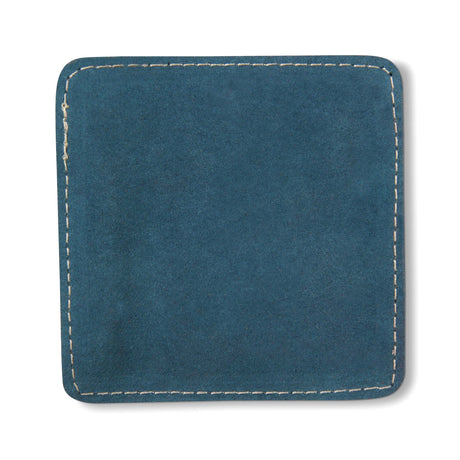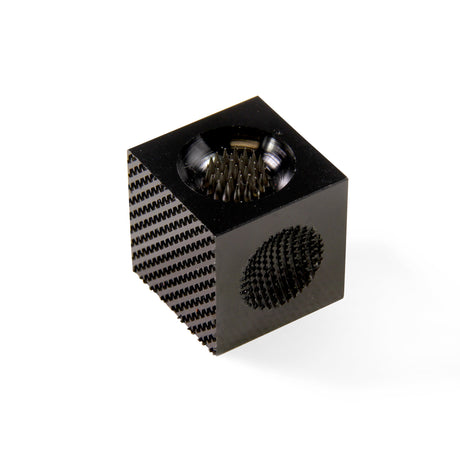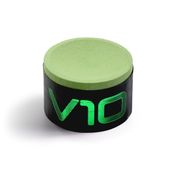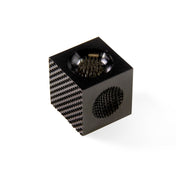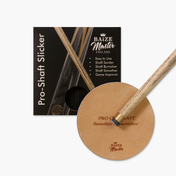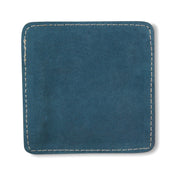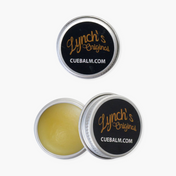Introduction
Have you ever considered how the material of your cue tip affects your game in cue sports like snooker, American pool, or English pool? The choice between a soft or hard cue tip can significantly influence your control, spin, and overall performance. In this comprehensive guide, we'll delve into the characteristics of soft and hard tips, their advantages and disadvantages, and help you determine which type best suits your playing style.
The Role of Cue Tip Material in Cue Sports
The cue tip is the only part of your cue that makes direct contact with the cue ball. Its material and hardness directly impact:
- Spin Application: The ability to impart spin (English) on the cue ball.
- Control and Accuracy: How precisely you can direct the cue ball.
- Feedback and Feel: The tactile response you receive upon striking the ball.
- Durability and Maintenance: How long the tip lasts and how much upkeep it requires.
Understanding these factors is crucial for selecting a cue tip that complements your game.
Soft Cue Tips
Characteristics
- Material: Typically made from softer leather or layered materials.
- Compression: Compress more upon impact, increasing contact time with the cue ball.
- Spin Potential: Higher due to increased friction and grip.
Advantages
-
Enhanced Spin Control
Soft tips grip the cue ball more effectively, making it easier to apply sidespin, backspin, or topspin. This is ideal for advanced shots that require precise cue ball manipulation.
-
Improved Feel and Feedback
The softer material provides a cushioned feel, offering better tactile feedback. This sensitivity helps in executing delicate shots and developing a nuanced touch.
Disadvantages
-
Increased Maintenance
- Wear and Tear: Soft tips wear down faster and may mushroom, requiring regular reshaping.
- Frequent Replacement: They may need to be replaced more often than hard tips.
-
Energy Absorption
Some of the energy from your stroke is absorbed, potentially reducing the power transferred to the cue ball. This can affect the speed and impact of your shots.
-
Risk of Miscues
Without proper chalking, the increased softness can lead to the tip slipping off the cue ball.
Hard Cue Tips
Characteristics
- Material: Made from harder leather, phenolic resin, or other hard composites.
- Compression: Minimal upon impact, resulting in a firmer hit.
- Durability: Higher resistance to wear, maintaining shape over time.
Advantages
-
Consistency and Durability
Hard tips hold their shape longer, providing consistent performance with less frequent maintenance.
-
Efficient Energy Transfer
More energy from your stroke is transferred to the cue ball, which can enhance the power of your shots—especially beneficial for break shots.
-
Lower Maintenance
They are less prone to mushrooming and don't require reshaping as often.
Disadvantages
-
Reduced Spin Potential
Hard tips offer less grip on the cue ball, making it more challenging to apply significant spin. This can limit shot versatility.
-
Less Tactile Feedback
The harder material provides a stiffer feel, which may reduce the sensory feedback needed for delicate touch shots.
-
Higher Chance of Miscues
Without adequate chalking, the slicker surface can increase the likelihood of miscues.
Factors to Consider When Choosing Between Soft and Hard Tips
1. Playing Style
- Spin-Intensive Play: If your game relies on spin and intricate cue ball control, a soft tip may enhance your performance.
- Powerful Shots: For players who favor straight, powerful strokes, a hard tip can offer better energy transfer.
2. Skill Level
- Beginners: May benefit from soft tips due to the added spin potential and feel, aiding in developing control.
- Advanced Players: Might prefer hard tips for their consistency and the ability to execute powerful shots.
3. Game Type
- Snooker and English Pool: Often favor softer tips for precision and spin on smaller balls.
- American Pool: Players might choose hard tips for break cues and medium to soft tips for playing cues.
4. Maintenance Commitment
- Soft Tips: Require regular upkeep—reshaping, scuffing, and occasional replacement.
- Hard Tips: Lower maintenance but may sacrifice some control and feel.
5. Personal Preference
Ultimately, the choice depends on what feels right for you. Testing different tips can help you find the perfect match.
Medium (Hybrid) Tips: A Balanced Option
For those seeking a compromise, medium or hybrid tips offer a blend of characteristics from both soft and hard tips:
- Balanced Performance: Provide decent spin potential while maintaining durability.
- Versatility: Suitable for a wide range of playing styles and skill levels.
- Maintenance: Require moderate upkeep.
Personal Anecdote
When transitioning from English pool to American pool, I struggled with controlling the heavier cue ball using my usual soft tip. Switching to a medium-hard tip made a noticeable difference. I gained better power on my break shots without sacrificing too much spin control. This experience taught me the importance of matching your cue tip to both your playing style and the specific game.
Tips for Maintaining Your Cue Tip
Regardless of the tip you choose, proper maintenance ensures optimal performance:
- Regular Shaping: Use a cue tip shaper to maintain the desired curvature for consistent contact.
- Scuffing: Keep the tip's surface textured to hold chalk effectively.
- Proper Chalking: Apply chalk before each shot to reduce miscues.
- Routine Inspection: Check for signs of wear, mushrooming, or hardness changes.
FAQs
1. How Often Should I Replace My Cue Tip?
Soft Tips: May need replacement every 3-6 months with regular play.
Hard Tips: Can last up to a year or more, depending on usage and care.
2. Can I Change the Tip Hardness on My Existing Cue?
Yes, you can have your cue re-tipped with a different hardness level. It's recommended to have this done by a professional to ensure proper installation.
3. Do Professional Players Prefer Soft or Hard Tips?
Preferences vary widely among professionals. Some opt for soft tips for maximum control, while others choose hard tips for consistency and reduced maintenance.
4. Are Layered Tips Better Than One-Piece Tips?
Layered Tips: Made from multiple leather layers, they tend to hold their shape longer and offer consistent performance.
One-Piece Tips: Generally less expensive but may wear down faster and offer less consistency over time.
5. How Does Tip Hardness Affect Miscues?
Soft Tips: Higher grip reduces miscues but requires proper chalking.
Hard Tips: Less grip increases the risk of miscues, emphasizing the need for meticulous chalking.
Conclusion
Choosing between a soft or hard cue tip is a significant decision that affects your gameplay in cue sports. By understanding the characteristics, advantages, and disadvantages of each, you can select a tip that aligns with your playing style, skill level, and maintenance preferences. Remember, there's no one-size-fits-all answer—experimentation and personal experience are key to finding your perfect match.
Final Thoughts
The journey to finding the ideal cue tip material is personal and can significantly impact your enjoyment and success in cue sports. Don't hesitate to try different tips and seek advice from fellow players or professionals. With the right cue tip, you can elevate your game to new heights.
